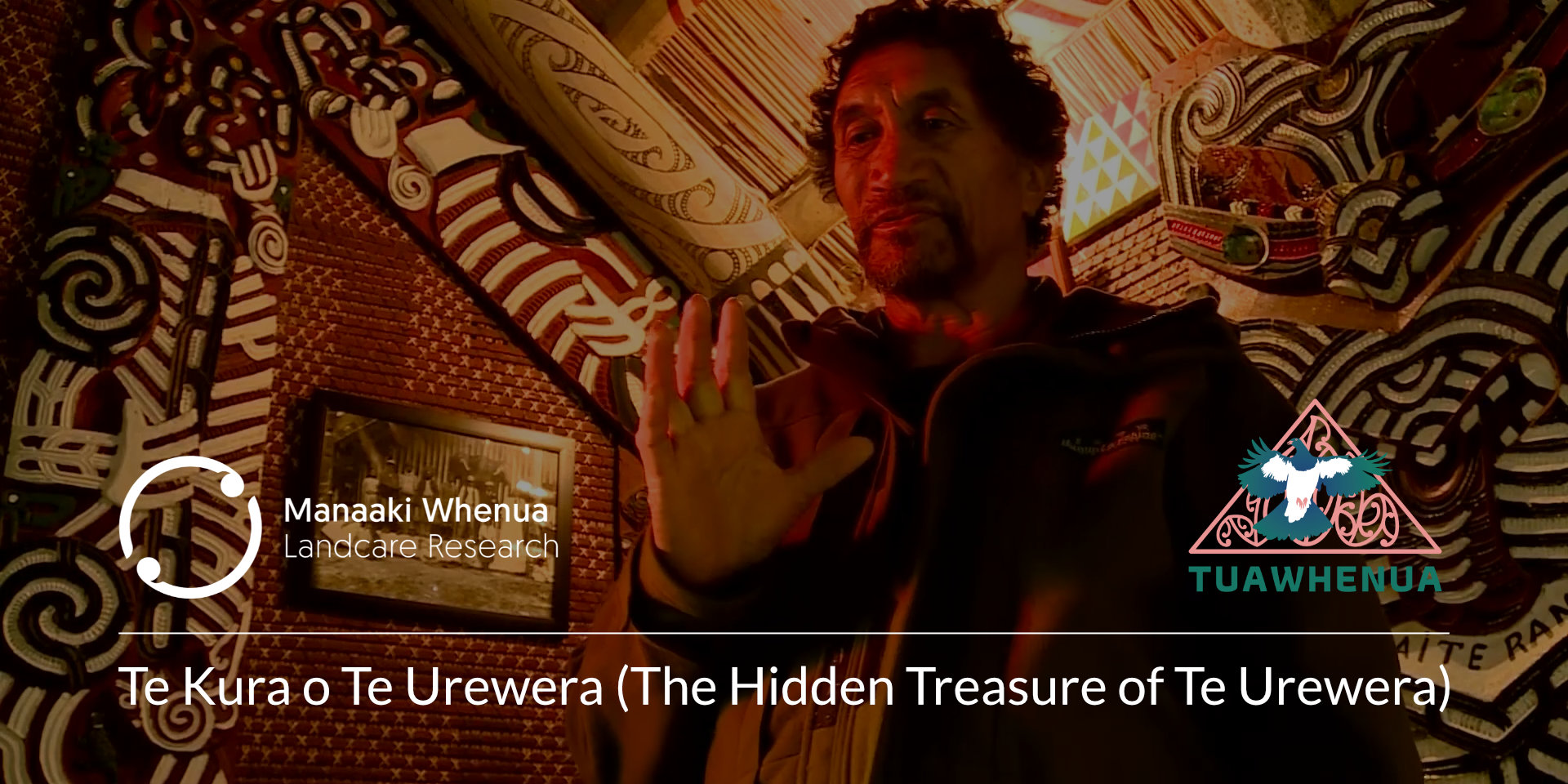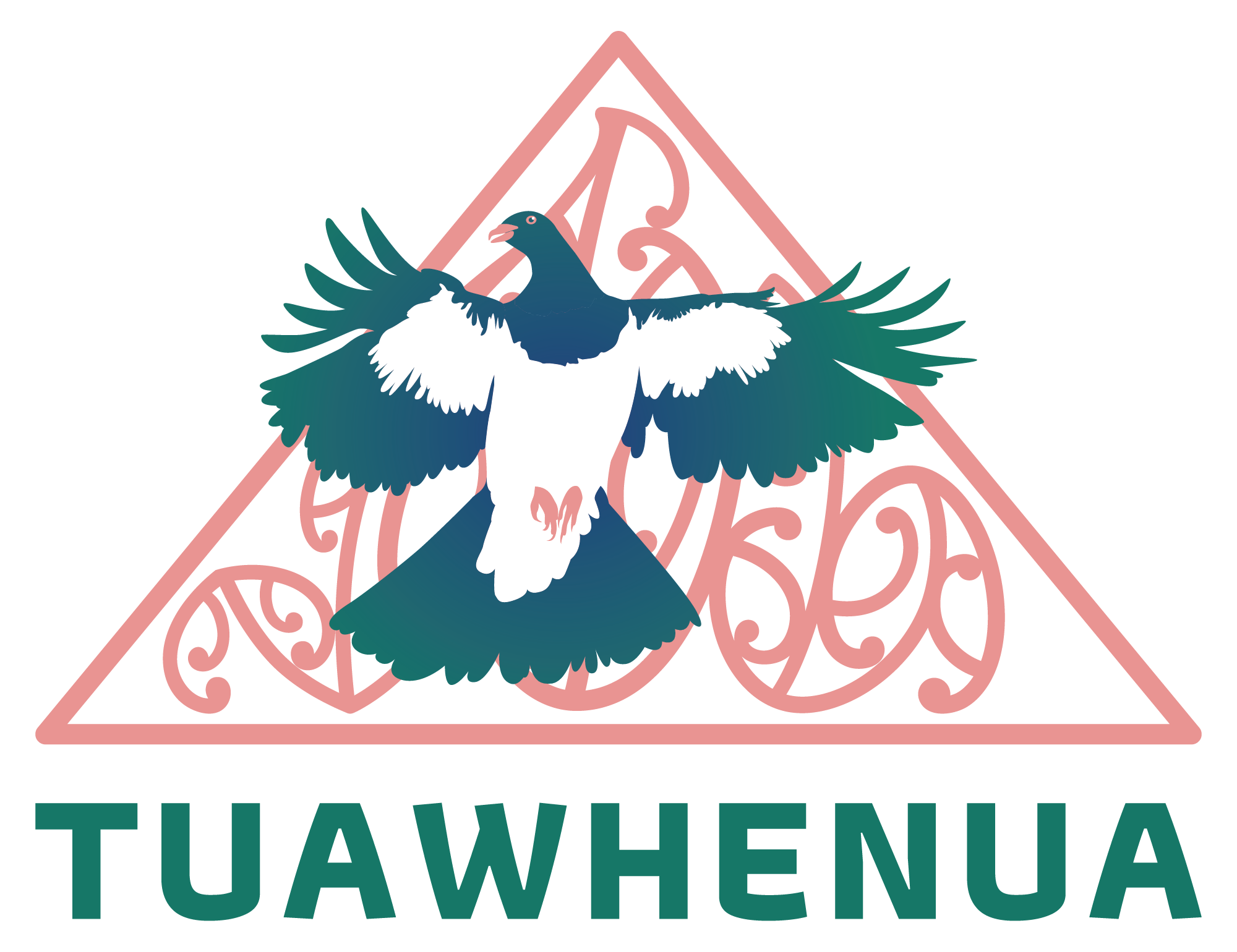
This new two-part documentary gives a rare and insightful look into our unique relationship with Te Urewera as seen through Tuawhenua’s connection with the kererū. Te Kura Huna o Te Urewera (The Hidden Treasure of Te Urewera) speaks to the revival and intergenerational transfer of Tuawhenua kawa (protocols and etiquette), tikanga (procedures and guidelines) and mātauranga (traditional knowledge) as it relates to the kererū or New Zealand pigeon (Hemiphaga novaeseelandiae), which we recognise as a manu rangatira (chiefly bird species). Tuawhenua’s researcher Puke Timoti and Dr Phil Lyver of Manaaki Whenua-Landcare Research worked closely over several years with the Ruatāhuna community to explore Tuawhenua’s relationship with the kererū and Te Urewera. They interviewed more than 60 kaumātua and community members over that time.
“We were very privileged to gain access to those that lived and grew up in Te Urewera and then have them recount their knowledge and experiences of the kererū openly and freely,” says Puke Timoti. “Their traditional beliefs and practices are key to how they live their lives.”
Phil Lyver says the outcomes of the research project were two-fold. “We firstly wanted to support the inter-generational transfer of mātauranga relating to the kereru within the Ruatāhuna community. “We also advocate for reforms to New Zealand’s conservation policies and governance and legal mechanisms that better prioritise the type of connection that tangata whenua want with their environments, including the nurturing of both biological and cultural heritage.”
This research is vital to us better understanding how the transfer of mātauranga (knowledge), in this case of the kererū and te mita o Tūhoe (the Tūhoe language) and the ngahere, occurs in a modern context.

